- This topic has 9 replies, 6 voices, and was last updated 1 year, 4 months ago by
 Roger Deakins.
Roger Deakins.
-
CreatorTopic
-
December 3, 2022 at 12:46 pm #172291
hi master Roger ,
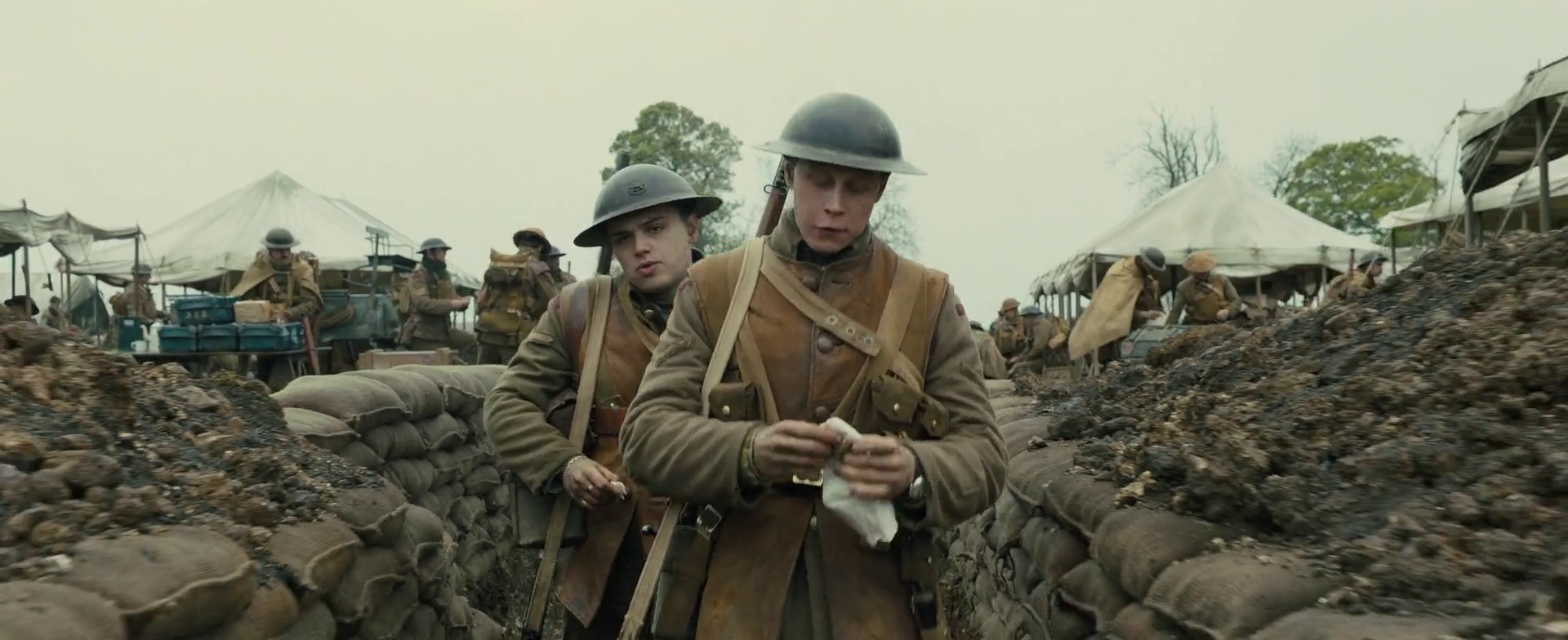
in your films we usually see that you won’t go for the hdr kind of look were sky detail is very visible , rather you let it go off white to a point and let there be some cloud details and such , can you explain why you prefer an image like this instead of one with lot of details.
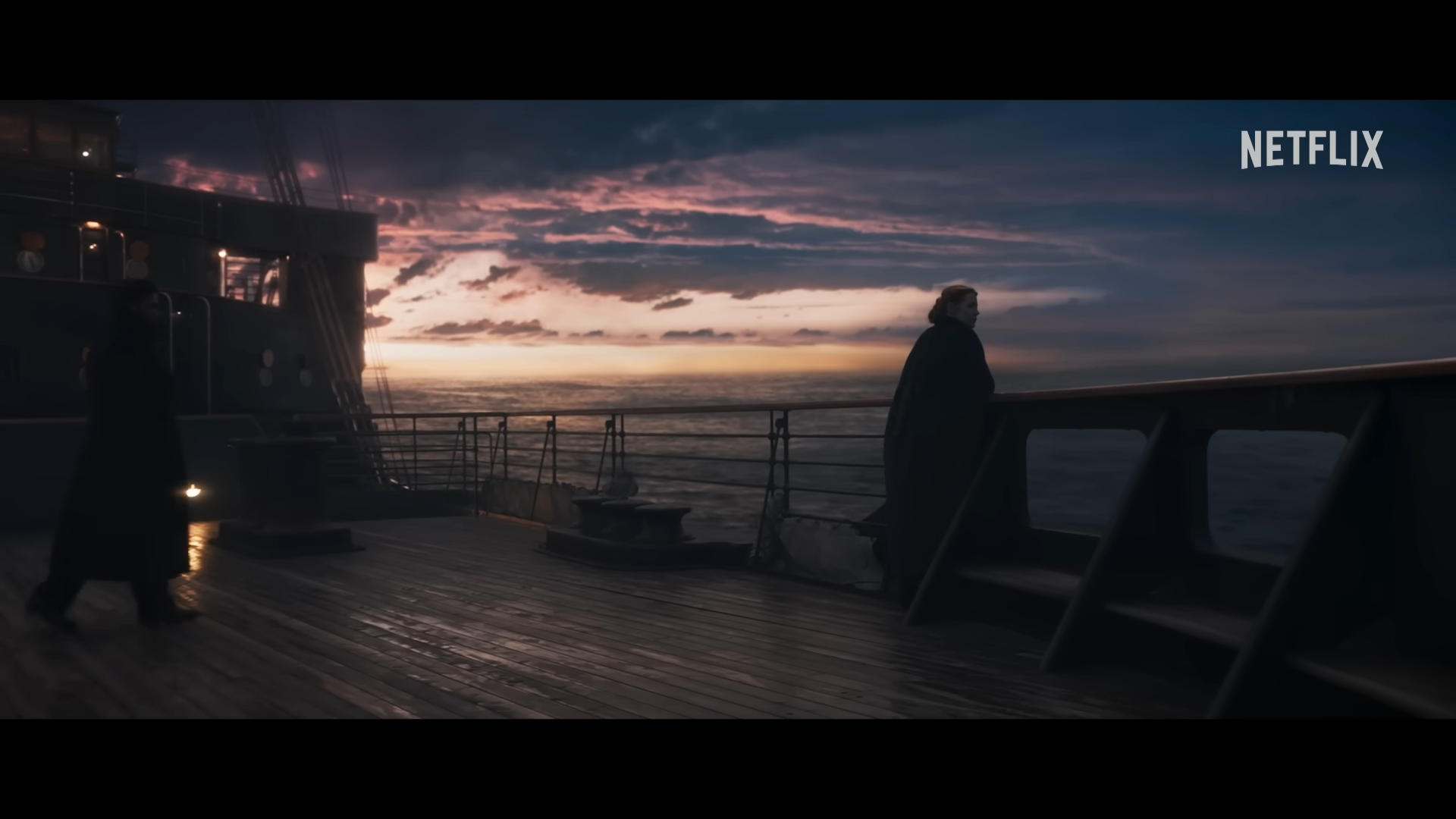
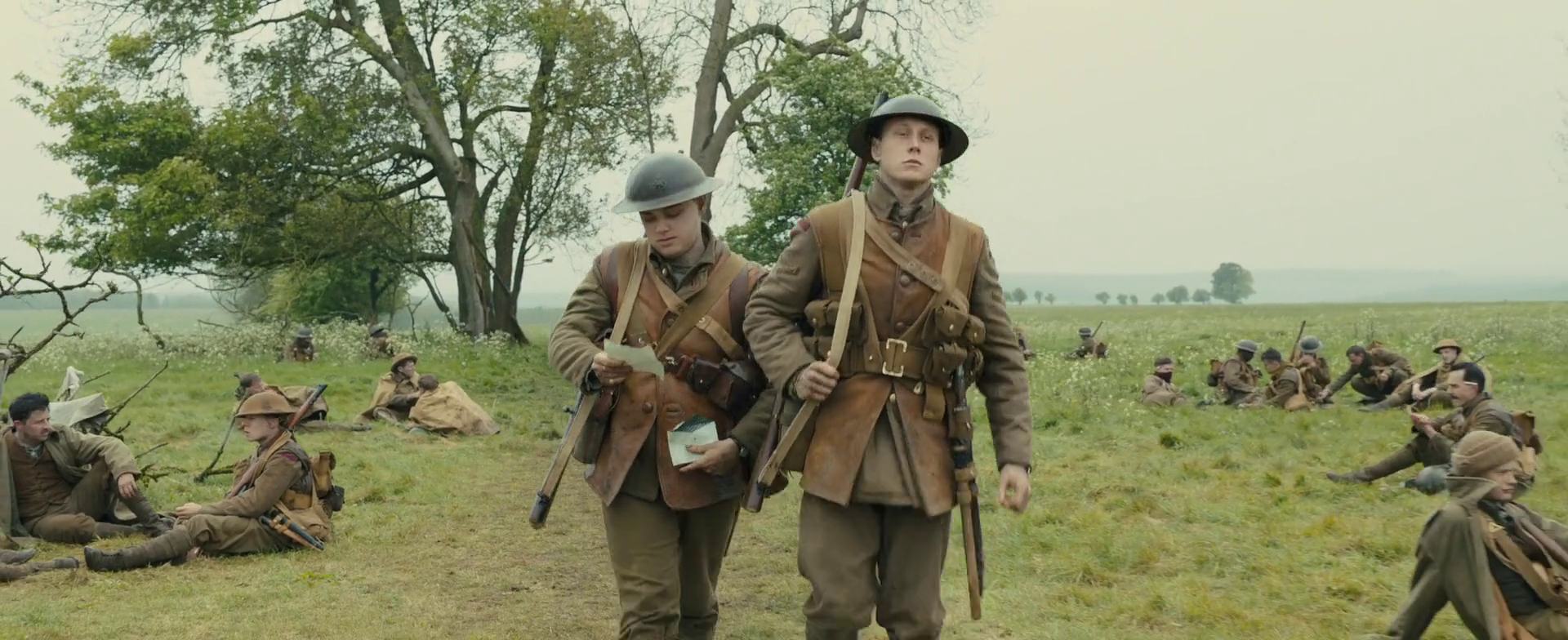
-
CreatorTopic
-
AuthorReplies
-
December 7, 2022 at 5:17 am #172608
I wouldn’t be surprised, if you answered your own question here. In many situations it would look very unnatural and HDR to have both a properly exposed sky and foreground. There are lots of shots in Roger’s films with plenty of details in the sky (like in your second screenshot) but then the foreground is usually very dark (again, like in your second screenshot), which makes it look realistic and what we’re used to with film and even just our eyes.
Since Roger states regularly that he prefers images without artefacts (like lens flares, breathing, vignetting, distortion) it only makes sense to me that he isn’t going for a digital looking HDR image.
Also, the sky is a creative choice of the director and cinematographer and having a beautiful sunrise sky with lots of highlights and beautiful shapes, in my personal opinion, wouldn’t fit the mood in the scenes you reference for 1917 at all.
December 7, 2022 at 8:12 am #172613yes , i understood that , but usually on overcast days there would be great cloud formations happening , was curious why roger choose to not show that much cloud detail in 1917 , obviously alexa would capture all the details , so . maybe it was to avoid overly dramatic images from first sections of the film , also curious to know what rogers process in coloring if he wants that kind of sky , is it a highlight keying or some other process.
December 7, 2022 at 8:20 am #172614First of all, many times on overcast days there are NOT distinct cloud formations. Here is a shot I did in the movie “Northfork” in Montana where there were great dark clouds rolling in just as I arrived that morning so I rushed to get the shot — within a half-hour it was a solid grey.
Second of all, if the goal was to make the whole story look like it took place in one day, you probably don’t want a lot of variation in skies from shot to shot over the course of shooting for many weeks.
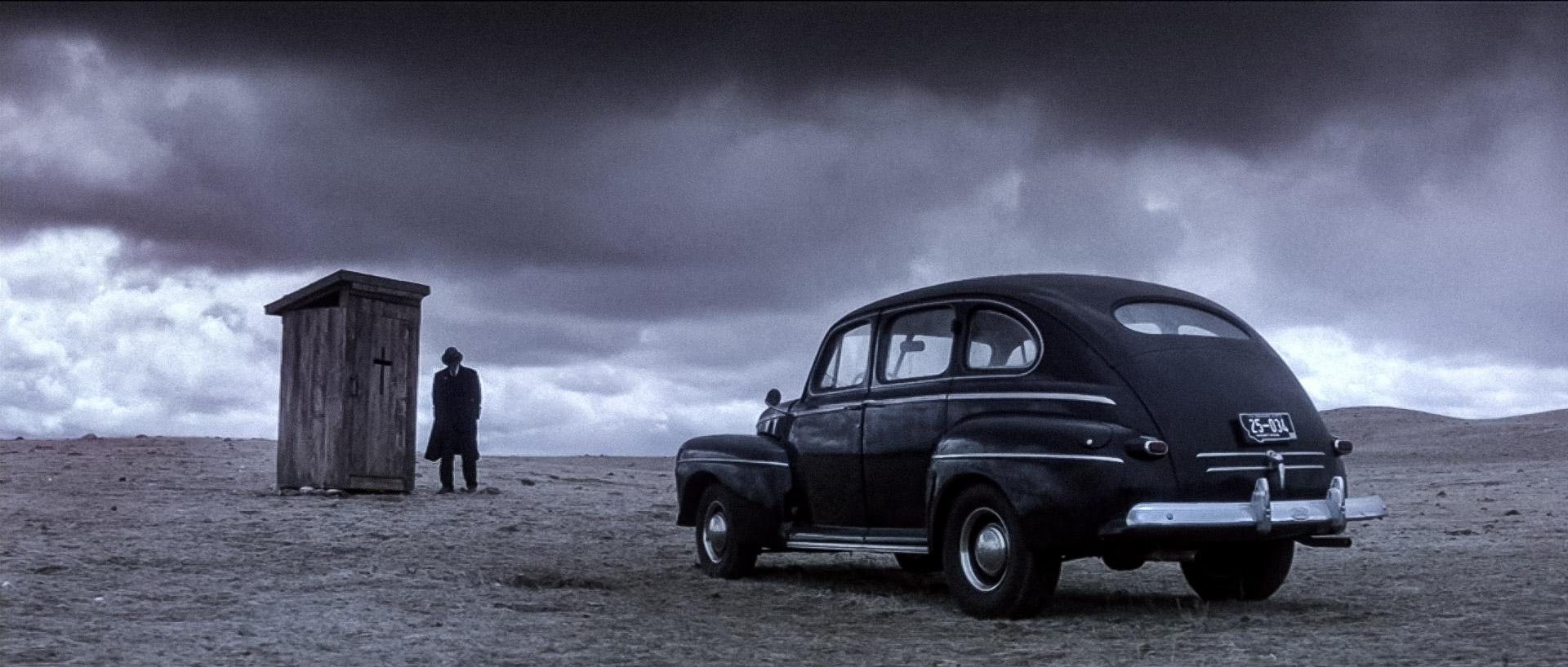 December 8, 2022 at 5:01 am #172691
December 8, 2022 at 5:01 am #172691Yes master David , to not disrupt continuity with defined cloud formations seems like understandable in case of 1917.
In the shot you posted , would you not be worried often having little shadow details.
Thanks for the reply
December 8, 2022 at 10:05 am #172706One doesn’t always want or need shadow detail. I mean, a silhouette shot is a black shape with no shadow detail.
In my case, I had plenty of shadow detail, this was 100 ASA film stock, well-exposed, and I was flashing the negative 15%. But the prints went through a skip-bleach process to increase contrast, so I deliberately shot a low-contrast negative and in the video transfer from a low-contrast IP, I had to simulate the higher contrast of the theatrical prints by crushing the shadow detail down or else everything would look flat.
December 8, 2022 at 10:13 am #172707The original image was probably closer to this without the skip-bleach effect:
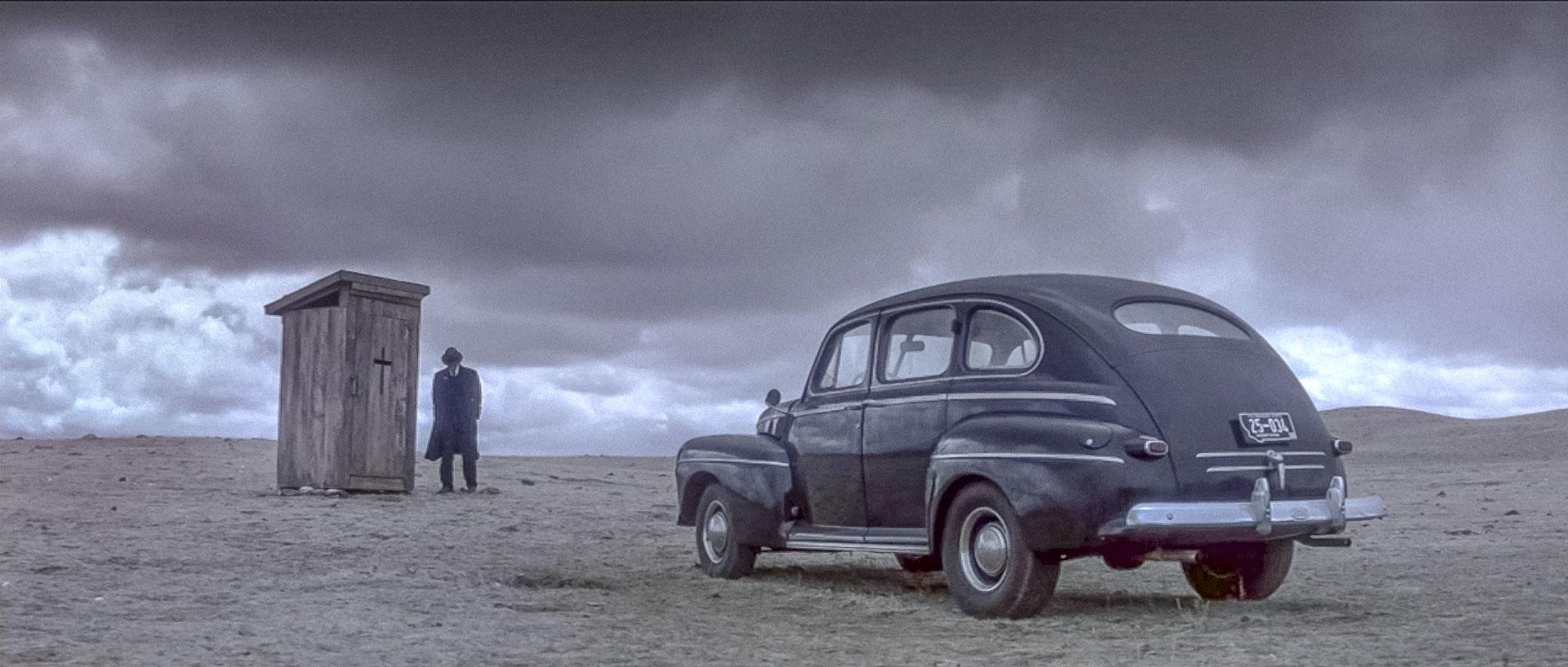 December 8, 2022 at 1:29 pm #172710
December 8, 2022 at 1:29 pm #172710When you expose for the camera (if it’s an Alexa, a Sony, Red, or Film), you have to “choose” an area for which you would like to expose for—just because the log encoded image has detail in the highlights or above middle grey, doesn’t mean any of those areas of exposure will be “selected” to be the primary area for which the image was exposed for—when not in log, the brighter exposure of the sky will be “brighter” and less “detailed” than it may appear in log gamma.
In the case of this, the human face, and how people on the ground are exposed are dictating how the exposure is set—after that, the sky will land where it may, depending on that exposure, and depending on how the tonal curve of a LUT may affect the image. If the sky was the more important area of exposure, the people would appear darker, and the sky would show more “detail.” I’m not sure of any of this makes sense, but that’s what I would say to this.
March 6, 2023 at 2:26 pm #187434I’m sure this topic is long past finished, but I’m reminded that Woody Allen (when working with Gordon Willis or otherwise) famously wanted to only shoot exteriors on flat grey days with no strong shadows and no details in the skies. He just found that the most flattering and beautiful way to see New York (or London or wherever).
March 6, 2023 at 8:15 pm #187473I think too much detail in the sky would have been distracting as well as inappropriate for the look of ‘1917’. Besides, I do not do much timing on a shot and I don’t specifically target a sky to add detail or enhance a cloud formation as I feel that will almost always look like what it is. As with many still photographs, there is all too much ‘enhancement’ of an image which might start off looking real only to become artificial. The skies in ‘Sicario’ are often quite dramatic and that is because they were quite dramatic. Nothing is ‘painted’ or created in post.
-
AuthorReplies
- You must be logged in to reply to this topic.
